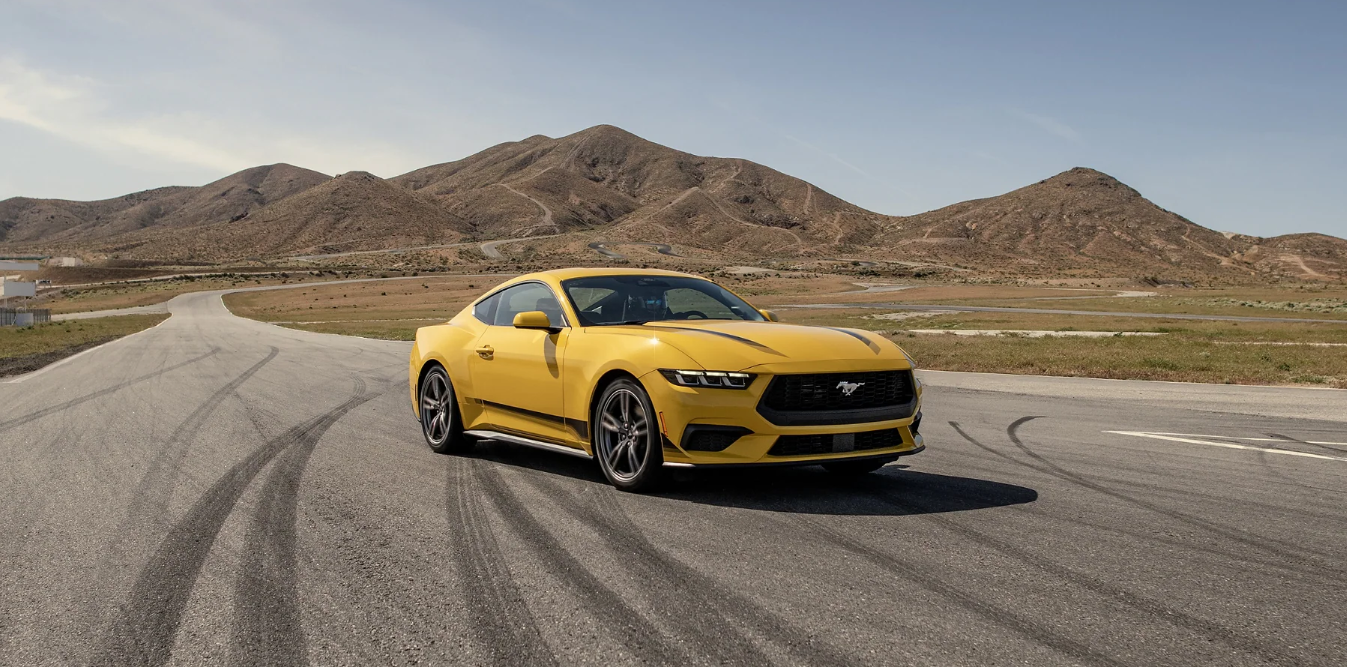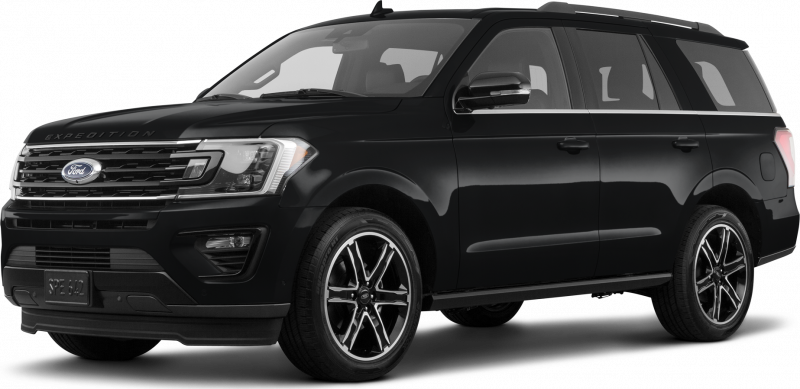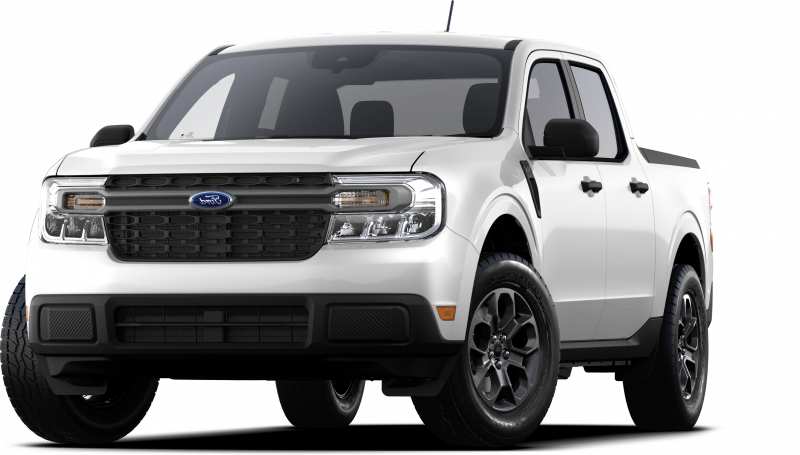Getting your vehicle ready for a long trip is more than just filling up the gas tank—it’s about making sure your car can handle the miles ahead. In Escondido, where locals often take to the road for extended drives to scenic spots like Palomar Mountain or down to the beaches of San Diego, proper maintenance is essential for a smooth journey. Long-distance driving puts a lot of strain on your vehicle, and while the road may be calling, it’s crucial to ensure that your car is up for the challenge. Start by checking the basics: oil, tires, and fluids. These are often the first areas to suffer when you drive for hours on end. Fresh oil keeps your engine running smoothly, while well-inflated tires provide better fuel efficiency and traction. Brake fluid, transmission fluid, and coolant levels also play a big role in ensuring your car doesn’t overheat or encounter performance issues during the trip.
In Escondido, with its warm temperatures and diverse terrain, it’s especially important to make sure your vehicle is ready for any road conditions you might face. Take the time to inspect your windshield wipers, headlights, and brake lights, too. You never know when you’ll hit unexpected weather, especially if you're driving through different regions of California. By staying proactive and addressing these small maintenance tasks beforehand, you can significantly reduce the chances of experiencing a breakdown in the middle of nowhere. It’s all about giving yourself peace of mind before you even start the engine, ensuring that both you and your vehicle are fully prepared for the road ahead.
Preventive Maintenance for Long-Distance Driving
Preventive maintenance provides peace of mind. You won’t need to constantly worry about whether your car can make it to the next destination. Instead, you’ll feel confident knowing your vehicle is in top condition, ready for the miles ahead. By taking care of essential components like oil, tires, and fluids before hitting the road, you’ll improve your car’s overall performance, increase fuel efficiency, and reduce the risk of breakdowns. In this guide, we’ll cover the most critical areas of preventive maintenance for long-distance driving, helping you understand what steps to take to keep your vehicle in peak condition.
Engine and Fluid Maintenance
The engine is the heart of your vehicle, and keeping it running smoothly is critical for long-distance driving. This begins with ensuring your oil is fresh and at the correct level. Over time, engine oil breaks down and becomes less effective at lubricating your engine’s components, which can lead to increased friction, overheating, and even engine failure. Before setting off on a long drive, check the oil level and quality. If it’s dirty or nearing the end of its lifespan, schedule an oil change. Most mechanics recommend changing your oil every 3,000 to 5,000 miles, but if you’re planning a long trip that will put you close to that range, it’s best to get it done beforehand.
Checking Engine Oil and Filters
When changing the oil, it’s also important to inspect the oil filter. This filter traps contaminants and prevents them from circulating through the engine, but over time it can become clogged and lose effectiveness. Replacing the oil filter during an oil change is a simple step that can significantly enhance engine performance. Additionally, if your car has a high-mileage engine or if you’re driving in particularly hot conditions, you may want to consider using high-mileage or synthetic oil. These types of oil are designed to provide better protection under demanding conditions, helping your engine handle the increased heat and strain of long-distance driving.
Another key fluid to check is the coolant. Long-distance driving can cause your engine to run hotter than normal, especially if you’re driving through hilly or mountainous terrain. Coolant prevents the engine from overheating by dissipating heat, so it’s crucial to ensure the coolant level is adequate and the fluid is in good condition. You can check your coolant level by looking at the reservoir under the hood, but it’s also important to ensure the coolant itself is still effective. Over time, coolant can degrade and lose its ability to regulate engine temperature, so if your coolant is old or appears discolored, it’s a good idea to have it flushed and replaced.
Transmission and Brake Fluids
Transmission fluid is another essential fluid that requires attention before a long trip. This fluid lubricates the moving parts of your transmission and helps it shift smoothly. Low or dirty transmission fluid can cause rough shifting, overheating, or even transmission failure. Make sure to check your transmission fluid levels and condition before setting out on a long drive. If it’s been a while since your last transmission service, consider having the fluid replaced. It’s a preventive measure that could save you from a costly repair later. Brake fluid is equally important, as it allows your brakes to function properly by transferring the force of your foot on the brake pedal to the brake pads. Over time, brake fluid can become contaminated with moisture, reducing its effectiveness and increasing the risk of brake failure. It’s a good idea to check the brake fluid level and condition before embarking on a long trip, especially if you’ll be driving through mountainous areas where your brakes may be under more stress.
Tire and Brake Inspection
Your tires are the only part of your car that actually touches the road, so it’s crucial to ensure they’re in good condition before setting off on a long journey. Start by checking the tire pressure. Under-inflated tires can reduce fuel efficiency, cause uneven wear, and increase the risk of a blowout. Over-inflated tires, on the other hand, can make your car more difficult to handle, especially in wet conditions. The ideal tire pressure for your vehicle is usually listed in the owner’s manual or on a sticker inside the driver’s door. It’s important to check the pressure when the tires are cold, as driving heats them up and can give you an inaccurate reading.
Tire Tread and Wear Patterns
In addition to checking the tire pressure, you should also inspect the tread depth and wear patterns. Tires with low tread depth can’t grip the road as effectively, especially in wet or slippery conditions, which increases the risk of losing control. Most experts recommend replacing tires when the tread depth reaches 2/32 of an inch, but if you’re planning a long trip, it’s a good idea to replace them sooner to ensure maximum safety and performance. Uneven wear patterns, such as bald spots or more wear on one side of the tire, can indicate alignment or suspension issues. If you notice uneven wear, it’s a good idea to have your alignment checked before hitting the road.
Your vehicle’s braking system also needs to be in top shape for long-distance driving. Worn brake pads or rotors can reduce your stopping power, especially when driving through hilly or mountainous terrain where you’ll rely on your brakes more frequently. Before heading out, inspect your brake pads for wear. Most brake pads have wear indicators that will produce a squealing noise when they’re due for replacement. If you hear this noise or notice any vibration when braking, it’s time to have your brakes serviced.
No matter how well you prepare, there’s always the chance of encountering a flat tire during a long trip. That’s why it’s important to ensure you have a functional spare tire and the tools necessary to change it. Many drivers overlook the spare, only to discover it’s flat or missing entirely when they need it most. Check the spare tire’s air pressure and condition before leaving, and make sure you have a jack, lug wrench, and any other tools required to change a tire. Knowing how to change a tire is also essential, as it could save you from waiting for roadside assistance in the middle of nowhere.
Battery and Electrical Systems
Your vehicle’s battery is responsible for starting the engine and powering the electrical systems, so it’s crucial to ensure it’s in good condition before a long trip. Extreme temperatures, whether hot or cold, can put additional strain on your battery, making it more likely to fail. In Escondido, where temperatures can soar, a weak battery may struggle to keep up. Before setting off, test the battery’s voltage with a multimeter. If the reading is below 12.4 volts, your battery may not be fully charged and could leave you stranded. It’s also a good idea to have the battery terminals inspected for corrosion, as this can prevent the battery from charging properly.
Alternator and Charging System
In addition to the battery, the alternator plays a crucial role in keeping your car running. The alternator charges the battery while the engine is running and powers the electrical systems. If the alternator fails, your battery will quickly lose power, leaving you stranded. Common signs of a failing alternator include dimming headlights, flickering dashboard lights, and a dead battery. If you notice any of these symptoms, it’s important to have your alternator tested before embarking on a long trip. Even if you haven’t noticed any issues, it’s still a good idea to have your charging system inspected as part of your preventive maintenance.
Lighting and Electrical Accessories
Long-distance driving often means spending hours on the road after dark, so it’s important to ensure your headlights, taillights, and turn signals are all functioning properly. A burned-out headlight or taillight not only reduces your visibility but can also result in a traffic ticket. Check all the exterior lights before setting off on your trip, and replace any bulbs that are dim or burned out. It’s also a good idea to carry spare bulbs in case one burns out while you’re on the road.
If your vehicle is equipped with electrical accessories like GPS, entertainment systems, or USB chargers, make sure they’re all functioning properly as well. These accessories can make long-distance driving more enjoyable, but they also place additional strain on your vehicle’s electrical system. Ensuring your battery and alternator are in good condition will help prevent issues with these accessories during your trip.
Air Conditioning and Climate Control
Driving for hours in a hot car can turn a fun road trip into an uncomfortable ordeal, which is why it’s important to ensure your air conditioning system is working properly before setting off. In Escondido, where summer temperatures can climb, a functioning air conditioner is essential for keeping the cabin cool and comfortable. Start by checking the air conditioning’s performance. If it’s blowing warm air or taking longer than usual to cool the cabin, it may be low on refrigerant. A professional can recharge the system and inspect for leaks, ensuring it’s ready for the demands of long-distance driving.
Cabin Air Filter
The cabin air filter is another often-overlooked component that can impact your comfort during a long trip. This filter traps dust, pollen, and other contaminants from entering the cabin through the air conditioning system. Over time, the filter can become clogged, reducing airflow and making it harder to keep the cabin cool. If it’s been a while since your last cabin air filter replacement, consider having it changed before embarking on a long journey. A clean filter will improve airflow, enhance air quality, and make your air conditioning system more effective.
Heater and Defroster
While you may not think about your car’s heater during the summer, it’s an essential part of the climate control system, especially if you’re driving through areas where temperatures drop at night. Before setting off on a long drive, test the heater to ensure it’s working properly. The defroster is another critical component, as it helps keep your windshield clear in wet or foggy conditions. If your defroster isn’t working efficiently, it could create visibility issues during your trip.
By addressing these preventive maintenance tasks, you can ensure your vehicle is ready for the rigors of long-distance driving. Each of these systems plays a crucial role in keeping your car running smoothly and safely, allowing you to enjoy the journey without worrying about unexpected breakdowns or repairs.
How to Keep Your Vehicle in Top Shape Every Trip
Maintaining your vehicle between long road trips is just as important as preparing it beforehand. Routine maintenance ensures that your car is always ready for the next adventure and helps prevent costly repairs down the line. A well-maintained vehicle will not only perform better on long trips but will also have a longer lifespan and higher resale value.
Follow a Regular Maintenance Schedule
The key to keeping your vehicle in top shape for every road trip is following a regular maintenance schedule. This includes oil changes, tire rotations, and brake inspections at the intervals recommended by your vehicle’s manufacturer. Regular oil changes keep your engine running smoothly, while tire rotations ensure even wear across all tires, extending their lifespan and improving fuel efficiency.
Brake inspections are also critical, especially if you frequently drive long distances. Worn brake pads or low brake fluid can compromise your ability to stop quickly, putting you at risk of an accident. By staying on top of your maintenance schedule, you can avoid these issues and keep your vehicle in peak condition.
Monitor Your Vehicle’s Performance
Between maintenance appointments, it’s important to monitor your vehicle’s performance. Pay attention to any unusual sounds, smells, or changes in the way your car handles. If you notice anything out of the ordinary, don’t wait until the next scheduled maintenance to have it checked out. Addressing small issues early on can prevent them from turning into larger, more expensive problems down the road.
Monitoring tire pressure, fluid levels, and engine performance regularly can also help you spot potential issues before they become serious. Keep an eye on your dashboard warning lights and take them seriously. If your check engine light or tire pressure warning comes on, don’t ignore it—have it checked out by a professional as soon as possible.
Preventive maintenance for long-distance driving involves more than just a one-time checkup before a big trip. It’s about creating good habits that keep your vehicle in top condition year-round, ensuring that every road trip, whether it's across the state or across the country, goes smoothly. By taking a proactive approach to vehicle care, you’ll not only enjoy safer, more reliable drives, but you’ll also extend the life of your car, saving money in the long run.
What to Know Before Hitting the Road
Once your vehicle is in top shape, there are still a few things you should keep in mind before embarking on a long road trip. The best-prepared drivers not only have their cars ready for the journey but also have a plan for unexpected situations. Road trips can be unpredictable, and knowing what to expect and what to avoid can save you from unnecessary headaches along the way.
Packing an Emergency Kit
Even with the best preventive maintenance, things can go wrong during long-distance driving. That’s why it’s important to pack an emergency kit for the trip. Your kit should include essentials like a spare tire, jack, and tire iron, in case you need to change a flat tire on the go. Jumper cables are another must-have item, especially if you’re driving through remote areas where help might not be readily available. A dead battery can leave you stranded, and jumper cables can help get your car started again.
In addition to tools, pack supplies like a first aid kit, blankets, non-perishable food, and plenty of water. These items are essential in case you experience an extended breakdown or get stuck waiting for roadside assistance. It’s also smart to carry a flashlight, extra batteries, and a portable phone charger. GPS systems are great, but technology can fail. Having a paper map or road atlas on hand ensures you can still navigate even if your GPS signal is lost.
Know Your Route and Stay Informed
Another important aspect of long-distance driving is route planning. Know the roads you’ll be traveling, including rest stops, gas stations, and any major cities or towns along the way. While spontaneous road trips are exciting, it’s important to have a general idea of your route to avoid getting lost or running low on fuel in a remote area. Apps like Google Maps or Waze can help you plan your route, but remember to take into account traffic patterns and road conditions, especially during peak travel seasons.
Keep an eye on weather forecasts for your route, too. While Escondido’s weather tends to be warm and sunny, you may encounter rain, snow, or extreme heat depending on where you’re headed. Plan for these conditions by packing appropriate clothing and adjusting your driving habits accordingly. For instance, driving in wet conditions requires slower speeds and greater distances between vehicles to prevent hydroplaning or accidents.
What to Avoid During Long-Distance Driving
While preventive maintenance and planning are crucial, there are certain pitfalls to avoid during long-distance drives. These can range from common driving mistakes to neglecting your vehicle’s condition along the way. Knowing what to avoid can help ensure your trip goes smoothly and that you arrive at your destination safely.
Avoid Overloading Your Vehicle
One of the most common mistakes drivers make before a road trip is overloading their vehicle. Packing too much luggage or gear can put unnecessary strain on your vehicle’s suspension, tires, and brakes. It can also reduce fuel efficiency, leading to more frequent stops for gas. To avoid overloading your car, pack only what’s necessary for the trip, distribute the weight evenly across the vehicle, and avoid placing heavy items on the roof, as this can raise the vehicle’s center of gravity and make it more prone to tipping in sharp turns or high winds.
Additionally, check your vehicle’s maximum load capacity, which can usually be found in the owner’s manual or on a sticker inside the driver’s door. Exceeding this capacity can damage your car and increase the risk of mechanical failure during the trip. If you need to bring a lot of gear, consider using a trailer or roof rack designed for heavy loads rather than overloading the interior of your vehicle.
Avoid Skipping Rest Stops
Another common mistake is driving for long stretches without taking breaks. While it might be tempting to push through and drive as far as possible, skipping rest stops can lead to driver fatigue, which is a major cause of accidents. Long hours behind the wheel can cause drowsiness, impaired judgment, and slower reaction times. To stay alert, make it a point to stop every two hours or 100 miles to stretch, grab a snack, and take a short walk. These breaks can help you stay refreshed and focused, reducing the risk of accidents.
It’s also important to stay hydrated and avoid heavy meals during the trip. Dehydration and eating large, carb-heavy meals can make you feel sluggish and tired, which isn’t ideal for long drives. Instead, opt for light snacks and water to keep your energy levels stable. If you’re feeling particularly drowsy, consider pulling over for a power nap or switching drivers if you’re traveling with a companion.
Upgrade Your Ride and Visit Us in Escondido
Taking a few extra steps before hitting the road can help you focus on enjoying your drive, not worrying about your car. Long-distance driving should be an adventure, not a source of stress, and making sure your vehicle is in peak condition helps you avoid unnecessary stops or delays. Regular maintenance isn’t just about preventing breakdowns; it’s about enhancing your overall driving experience. A well-maintained vehicle means better performance, improved fuel efficiency, and, most importantly, peace of mind. When your car is running at its best, you can fully relax and enjoy the journey, knowing that you’re prepared for anything the road throws your way. Whether you’re planning a weekend trip to the mountains or a longer cross-state drive, the confidence that comes with proper vehicle care is invaluable.
At Aaron Ford of Escondido, we understand the demands of Escondido’s roads and the value of a dependable car. If you’re ready to take your driving experience to the next level, check out our New Inventory and Pre-Owned Inventory to find your perfect fit. Don’t miss out on our Monthly Special Offers, designed to make your dream car more affordable. Visit our Model Showroom today or schedule a test drive, and see how easy it is to Apply for Financing with us. We’ll even help you Value your Trade-In and get the best deal possible.


























